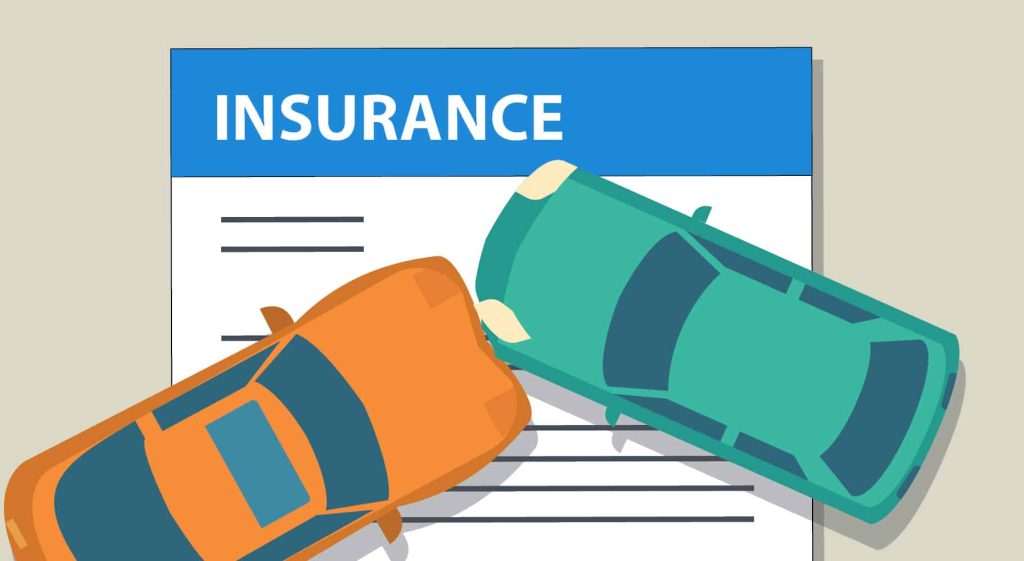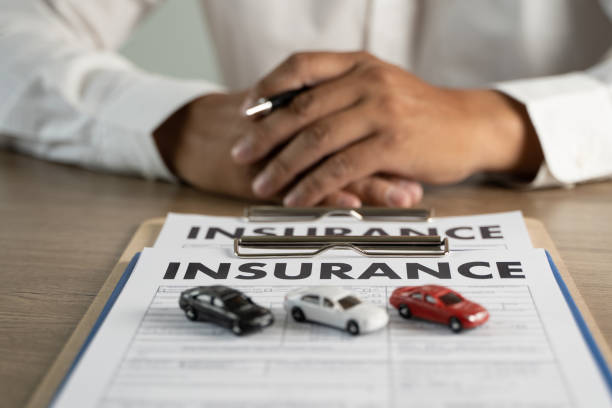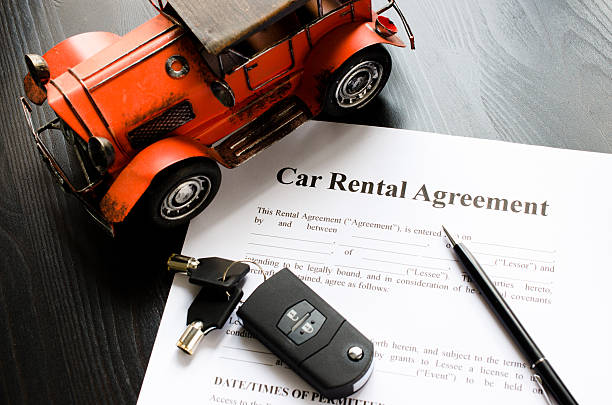Auto insurance is essential to owning and operating a vehicle in Texas. As one of the largest and most diverse states in the U.S., Texas has unique insurance requirements and considerations that can impact drivers in various ways. This article provides a thorough overview of auto insurance in Texas, covering everything from the basic requirements to optional coverage types, claims processes, and tips for finding the best policy.
The Basics of Auto Insurance For Texas
Texas auto insurance is governed by state and federal regulations designed to protect drivers, passengers, and pedestrians. At its core, auto insurance provides financial protection in the event of an accident or other vehicle-related incidents. In Texas, drivers are required to carry certain types of coverage to operate a vehicle legally. This requirement is established under the Texas Financial Responsibility Law, which mandates that drivers must show proof of financial responsibility in the event of an accident.
The state minimum liability insurance requirements are as follows: $30,000 for bodily injury per person, $60,000 for bodily injury per accident, and $25,000 for property damage. This means that if you are at fault in an accident, your insurance will cover up to $30,000 in medical expenses per person, up to $60,000 for all people injured in the accident, and up to $25,000 for property damage. These limits are designed to provide a basic level of protection, but they may not be sufficient for more serious accidents, which is why many drivers opt for higher coverage limits.

Types of Coverage Available
While the state of Texas requires minimum liability coverage, there are several other types of auto insurance coverage that drivers can choose to include in their policies. Understanding the different types of coverage can help you make an informed decision about what’s best for your needs.
- Liability Coverage: This is the most basic type of auto insurance and is required by Texas law. It covers damages to other people and their property when you are at fault in an accident. It does not cover your own injuries or damage to your own vehicle.
- Collision Coverage: This type of insurance pays for damage to your own vehicle resulting from a collision with another vehicle or object. It is especially important for those who have a newer or more valuable car, as it helps cover repair or replacement costs.
- Comprehensive Coverage: Comprehensive insurance covers damage to your vehicle not caused by a collision. This includes events such as theft, vandalism, natural disasters, and hitting an animal. It is often paired with collision coverage to provide more comprehensive protection for your vehicle.
- Uninsured/Under insured Motorist Coverage: This coverage protects you if you are in an accident with a driver who either doesn’t have insurance or doesn’t have enough insurance to cover the damages. Given that not all drivers carry adequate insurance, this coverage can be crucial.
- Personal Injury Protection (PIP): PIP insurance covers medical expenses for you and your passengers, regardless of who is at fault in an accident. It can also cover lost wages and other related expenses.
- Medical Payments Coverage: Similar to PIP, medical payments coverage helps pay for medical expenses incurred as a result of an accident. However, unlike PIP, it does not cover lost wages or other non-medical expenses.
- Rental Reimbursement Coverage: This coverage helps pay for the cost of a rental car while your vehicle is being repaired due to a covered claim. It can be particularly helpful if you rely on your vehicle for daily activities.
- Roadside Assistance: This optional coverage provides help if you experience a breakdown or other roadside emergency. It typically includes services such as towing, tire changes, and fuel delivery.
Factors Influencing Auto Insurance Rates
Several factors can influence the cost of your auto insurance in Texas. Understanding these factors can help you manage your premiums and find the best coverage for your budget.
- Driving Record: Your driving history is one of the most significant factors in determining your insurance rates. Drivers with a clean record typically receive lower rates, while those with traffic violations or accidents may face higher premiums.
- Vehicle Type: The make, model, and age of your vehicle can impact your insurance rates. Newer, more expensive, or high-performance cars often cost more to insure due to their higher repair costs and increased risk of theft.
- Location: Where you live in Texas can affect your insurance rates. Urban areas with higher traffic and accident rates may have higher premiums compared to rural areas.
- Credit Score: In many states, including Texas, your credit score can play a role in determining your insurance rates. Insurance companies often use credit scores as a factor in assessing risk.
- Age and Gender: Younger drivers, particularly males, generally face higher insurance rates due to their higher risk profile. As drivers age and gain more experience, their rates typically decrease.
- Coverage Choices: The types and amounts of coverage you choose will impact your premium. Opting for higher limits and additional coverage options will increase your costs.
- Deductibles: The deductible is the amount you pay out of pocket before your insurance kicks in. Higher deductibles generally result in lower premiums, but it means you’ll need to pay more if you file a claim.
The Claims Process
Knowing how to navigate the auto insurance claims process is crucial for resolving issues after an accident or other covered incident. Here’s a step-by-step guide to help you understand what to expect:
- Ensure Safety: First and foremost, make sure everyone involved in the accident is safe. Move to a safe location if possible and check for injuries.
- Document the Incident: Gather information from the accident scene. This includes taking photos of the damage, exchanging contact and insurance information with the other party, and obtaining contact details for any witnesses.
- Report the Accident: Notify your insurance company about the accident as soon as possible. Provide them with all the relevant details and cooperate with their investigation.
- File a Claim: Your insurance company will guide you through the claims process, which may involve an adjuster assessing the damage to your vehicle and determining the cost of repairs.
- Repair and Settlement: Once the claim is approved, you’ll receive instructions on how to proceed with repairs. Your insurance company will cover the costs according to your policy terms, minus any deductible.
- Follow Up: Stay in contact with your insurance company to ensure that your claim is processed efficiently. Address any questions or concerns you may have during the process.
Tips for Finding the Best Auto Insurance Policy
Finding the right auto insurance policy involves more than just meeting the minimum requirements. Here are some tips to help you find the best policy for your needs:
- Compare Quotes: Obtain quotes from multiple insurance providers to compare coverage options and rates. Online comparison tools can make this process easier.
- Evaluate Coverage Needs: Consider your specific needs and circumstances when choosing coverage. For instance, if you have a new car, comprehensive and collision coverage might be more important.
- Look for Discounts: Many insurance companies offer discounts for various reasons, such as bundling policies, maintaining a good driving record, or having safety features in your vehicle.
- Check Company Reviews: Research insurance companies to ensure they have a good reputation for customer service and claims handling. Online reviews and ratings can provide valuable insights.
- Review Policy Terms: Carefully read the terms and conditions of any policy you’re considering. Make sure you understand what is covered and what is excluded.
- Consult an Agent: If you’re unsure about which policy is best for you, consider consulting an insurance agent. They can provide personalized advice and help you find the right coverage.
Conclusion
Auto insurance in Texas is a critical aspect of responsible vehicle ownership. By understanding the state’s minimum requirements, exploring the various types of coverage available, and considering the factors that influence insurance rates, you can make informed decisions that protect both yourself and others on the road. Whether you’re a new driver or looking to review your current policy, taking the time to research and compare options will help ensure you find the best coverage for your needs. Remember that having the right auto insurance not only meets legal requirements but also provides peace of mind in case of unexpected events.






